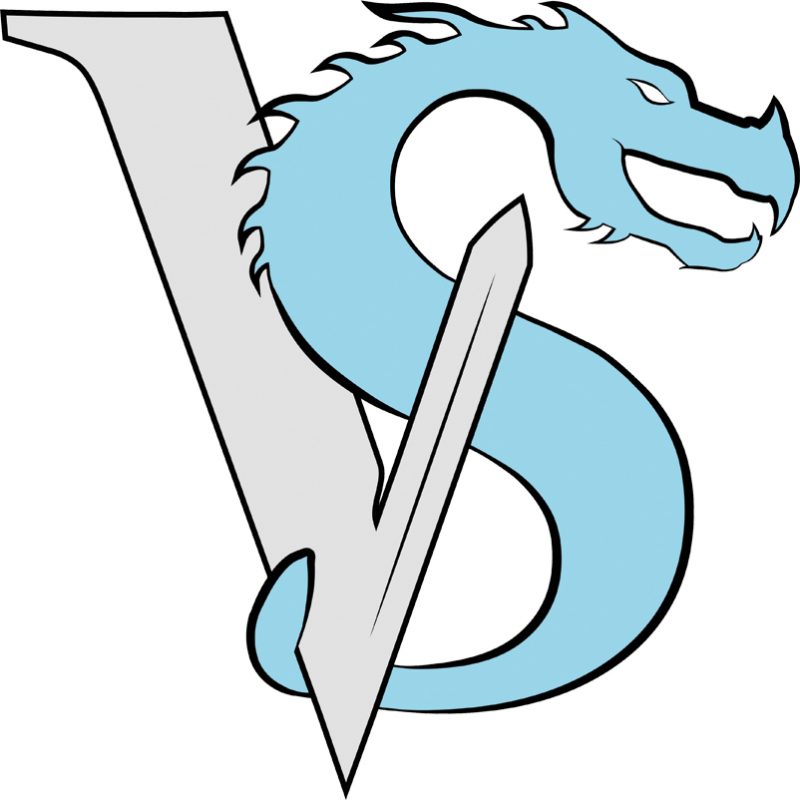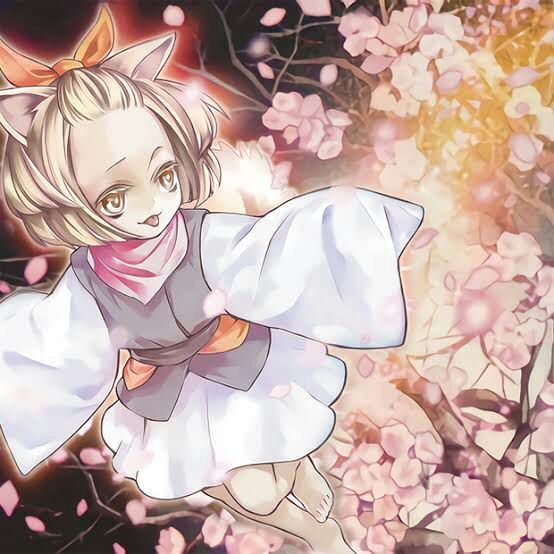Blog, YuGiOh News
Ashes to Ashes: Theorizing Ash Blossom & Joyous Spring
Let’s talk about what is arguably the most powerful card in the game, Ash Blossom & Joyous Spring. As rolling buyouts continue and the price is surging to $20 or more for every reprint of the card, and over $70 for secret rare copies, the card is certainly worth discussing. In nearly every deck that I’ve played since it’s release, Ash Blossom has found it’s way into the main deck. Even in formats where powerful cards like Called By the Grave existed to combat Ash Blossom & Joyous Spring, the card has such a high impact in far too many situations, and I don’t see that changing unless the game forces it to. I was reflecting on this and feel like there are two options. Either A) The card will be placed on the Forbidden & Limited List, or B) the game will adapt and future card design will reduce the importance of Ash Blossom. Let us take a dive into trying to explore these options further.
When comparing Ash Blossom & Joyous Spring to other cards, the most immediate comparisons are Hand-Traps. Without a doubt, the most incredible hand trap of all time is the infamous Maxx “C” which provides an interesting case study due to the card’s legality based on region. In the OCG, Maxx “C” isn’t on the list, whereas the TCG has completely banned the card. There is a huge divide amongst the TCG player-base on whether or not we should adopt the OCG’s leniency for Maxx “C” but it’s hard to argue that the status of this card isn’t a huge impact on the different playstyle in each format. For one, when building a strategy, MOST players would likely choose to run as many Maxx “C” as they can. The vast majority of events in the OCG are riddled with the card, meaning that players have to design their decks around the existence of it. This is like the way that both formats have to accommodate for a card like Ash Blossom. With some obvious exceptions such as Eldlich, it is relatively rare to find a strategy where players would not want to run these cards. Other cards fall in and out of formats for other reasons however. One example worth looking at is Effect Veiler
It may be a bit of a reach to compare Effect Veiler to Ash Blossom, but I ask you to stick with me for a while as we dive down this rabbit hole. Veiler has had a long history of being a competitively viable card until Konami began to build decks that were capable of playing around it, and later built a card that is generally considered far superior in the form of Infinite Impermanence. Just like Effect Veiler however, Infinite Impermanence has also seen itself shuffle in and out of formats based on the way Konami has designed some of the recent archetypes. Against a deck like Virtual World or Drytron, cards that negate on-field effects are useless. Ash Blossom separates itself from Veiler and Impermanence by having value against these archetypes, but that is something that Konami could decide to bypass with future card designs, and frankly we’ve already gotten a taste of it with Eldlich.
Ash Blossom can still negate a card like Cursed Eldland but I am specifically referring to the standard traps used with the archetype. Cards like Eldlixir of Scarlet Sanguine and Conquistador of the Golden Land that specifically take cards from players decks and place them on the field. Trap Trick and Virtual World City – Kauwloon are other prime examples of cards designed to play around Ash Blossom. Given enough time, I could anticipate new strategies that take advantage of this concept. Perhaps we could even see cards written specifically to place cards in the player’s hand, instead of ‘adding’ them. It may be difficult to envision power creep like this, but I don’t see any other way for Konami to keep Ash Blossom out of decks without placing it on the Forbidden & Limited List. Maybe they decide to give players other options to help prevent Ash Blossom from resolving. The TCG release of another highly anticipated like Crossout Designator paired with a change to the Limited status of Called By the Grave could be enough to change the way we look at Ash Blossom, but I genuinely don’t feel like that would be enough.
There is another option though, and that’s to do nothing.
Ash Blossom has been in the game for nearly four years, and since it’s inception the card has been overwhelmingly popular. Konami may be quite content to let the card continue to help define the game, just as many other cards have. Perhaps they choose to leave the card alone and allow it to fill slots in decks until the game comes to a halt. I’m still on the fence about this, so I leave you with the question: How do you think Konami addresses Ash Blossom & Joyous Spring?
Written by: Harrison Rodis

